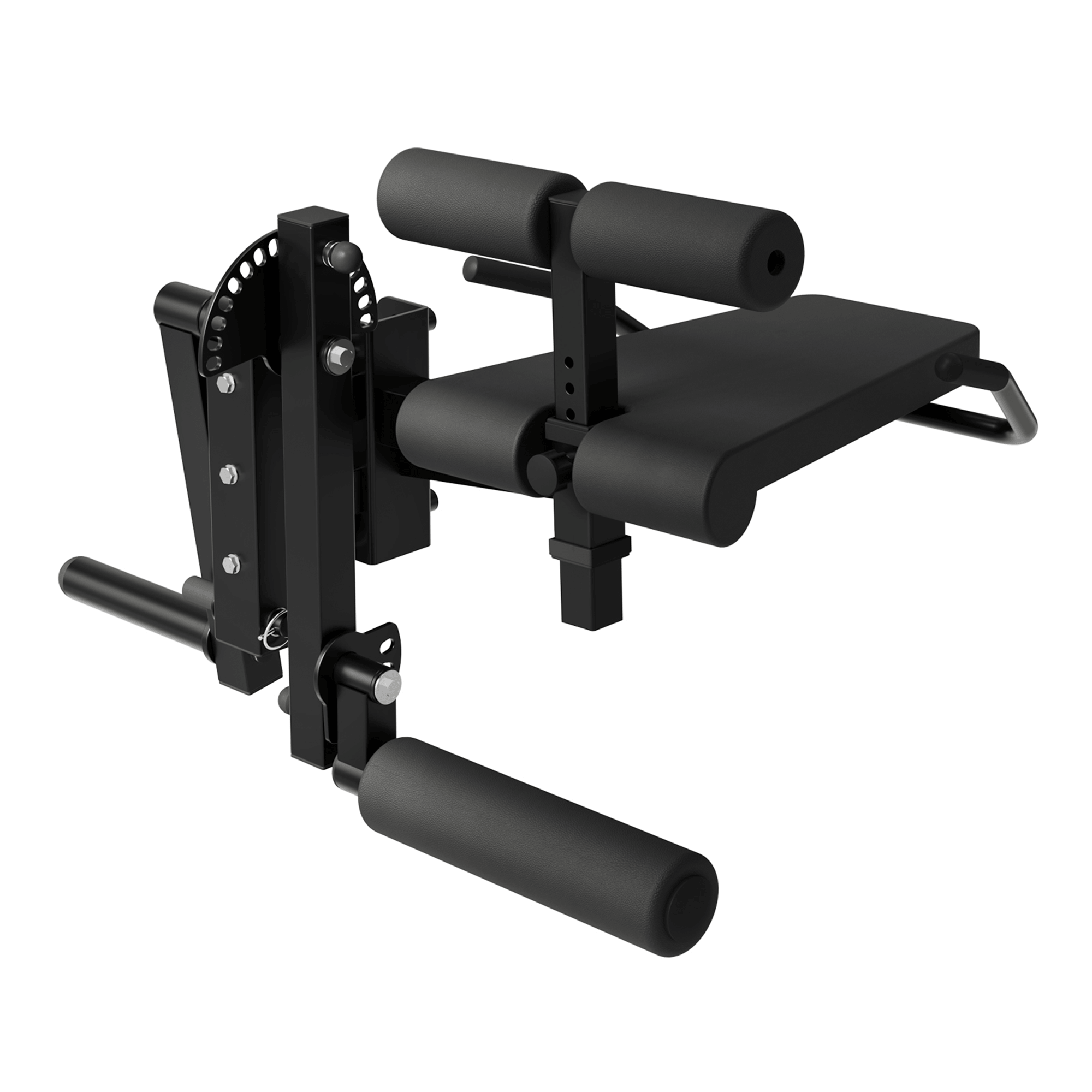If you’re aiming for stronger, more defined arms, focusing on both biceps and triceps is key. These two muscle groups work in tandem to power upper body movements—from lifting to pushing and everything in between. Whether you’re a beginner or a seasoned lifter, training both the bicep tricep pairing ensures balanced strength, joint stability, and a more sculpted look.
Understanding Biceps and Triceps
Your biceps sit on the front of your upper arm and are responsible for elbow flexion—think curls and pulling movements. On the other side, the triceps make up the bulk of your upper arm and handle elbow extension, such as pushing and pressing.
The tricep bicep combo is often trained together because of their complementary roles. Ignoring one can lead to muscle imbalances, increased injury risk, and slower progress in upper-body lifts.
Best Bicep and Tricep Exercises
To target both biceps triceps effectively, include a mix of isolation and compound movements in your workout plan:
Top Bicep Movements:
-
Barbell Curl: A foundational move for building bicep mass.
-
Incline Dumbbell Curl: Stretches the long head of the biceps for deeper muscle activation.
-
Preacher Curl: Isolates the biceps and reduces momentum for stricter form.
Top Tricep Movements:
-
Tricep Dips: Bodyweight-based and effective for mass and strength.
-
Skull Crushers: Target the long head of the triceps with focused extension.
-
Cable Tricep Pushdowns: Great for isolation and constant tension.
Combo Moves:
Some exercises hit both muscle groups:
-
Close-Grip Bench Press: Emphasizes triceps while still engaging biceps and chest.
-
Chin-Ups: Primarily for biceps but also activate triceps and shoulders.
Bicep Tricep Training Tips
-
Train with balance: Don’t overemphasize curls and forget extensions.
-
Use full range of motion: For better stretch and contraction.
-
Prioritize form: Especially in isolation moves—cheating cuts your gains.
-
Vary rep ranges: Mix strength sets (4–6 reps) with hypertrophy (8–12 reps).
Frequency and Recovery
Most lifters can train biceps and triceps 2–3 times per week, depending on split and recovery. Since these muscles are small, they recover faster—but overtraining is still a risk. Prioritize sleep, hydration, and proper nutrition.
Final Thoughts
Developing strong, aesthetic arms means working the bicep tricep muscles in harmony. Whether you're chasing size, strength, or performance, a well-rounded arm routine that targets both triceps and biceps will help you get there. Stay consistent, focus on technique, and your arms will thank you.












































Leave a comment
This site is protected by hCaptcha and the hCaptcha Privacy Policy and Terms of Service apply.